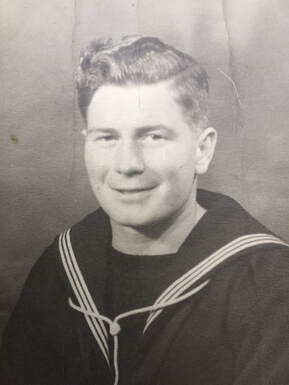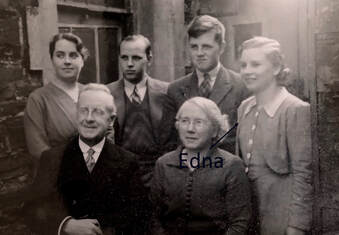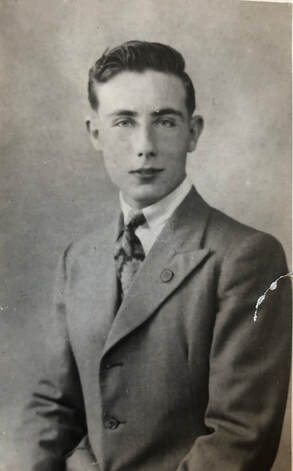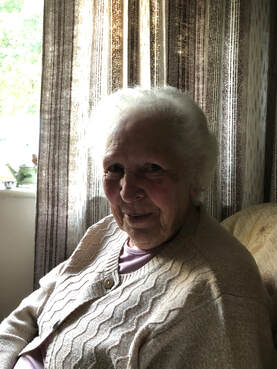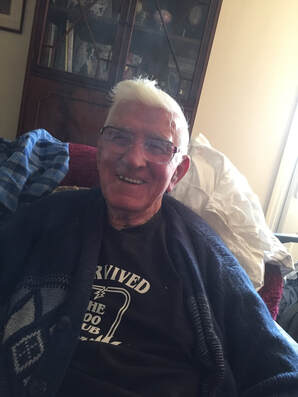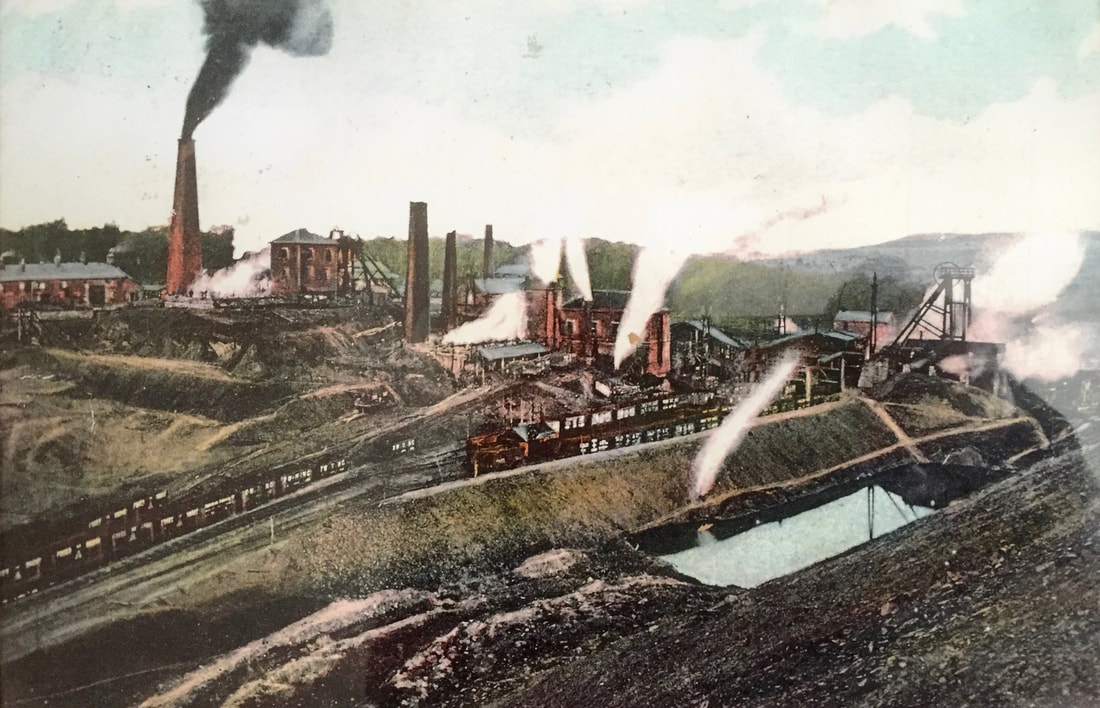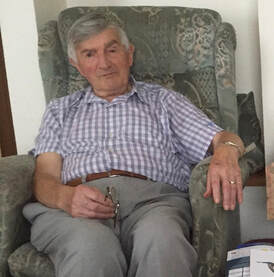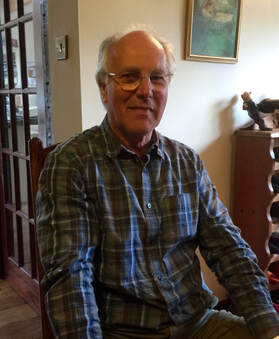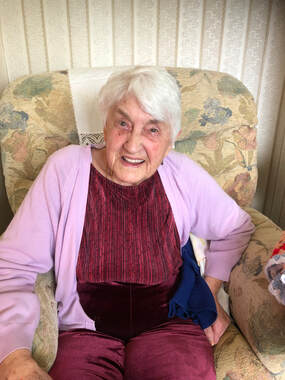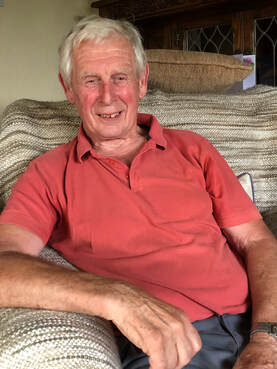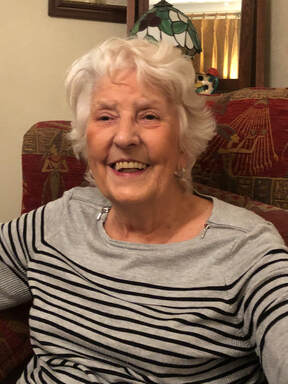|
Esmond Tovey's first job after leaving school was at Lydney Tinplate Works. He was there during the War, and remembers German aircraft flying over Lydney on their way to bomb Bristol.
Skilled workers were important for the war effort and men from Lydney, including Esmond, were at one point relocated to a plant near Birmingham to make parts for military hardware.
Despite his mates in the forces stressing the value of Esmond's war work he decided to join up himself.
|
|
Edna Hicks was evacuated with her class from Liverpool to Borth, in Wales, on the outbreak of war in 1939. She describes how children were chosen by local families who took them home and the challenges of finding accommodation as a newly qualified teacher. She remained with her children in Wales for three years.
Returning to visit her Woolaston home in World War Two, here Edna describes American soldiers, conscientious objectors and evacuees in Woolaston during the War.
Edna describes the impact of a bomb dropping near her grandparents’ home in Woolaston in 1940.
|
|
William Baldwin started working in locomotive maintenance then graduated to footplate man on the railways during the War. As well as coal he also transported US munitions. Here he describes the route the munitions travelled by train through the Forest, where they were stored and, an accident with poison gas that could have had much serious consequences.
There were Italian and German Prisoners of War (POWs) in the Forest during (and after) the War. William describes the work they did near Lydney and how the buildings that they worked in were used by local people after the War.
Wartime bombing raids on the Bristol area and defensive anti-aircraft fire could be seen from the Forest at night. A few bombs were even dropped over the Forest.
|
|
The evacuation of children from cities to the countryside had started as soon as war was declared (in fact, a few days before). Many children came to the Forest of Dean, but for Pam Stratford domestic overcrowding saw her travel from the Forest to stay with relatives near London.
Rationing of food brought in during the War continued in Britain for several years afterwards.
|
|
Mervyn Fox worked at New Dunn iron mine during the War. Here he remembers some Canadian troops stationed nearby showing him a new mining technique - and also a less positive event in their stay.
Although the Forest of Dean was not a specific target for enemy bombers any lights that broke the blackout could bring unwanted attention.
|
|
The War led to many US servicemen coming to the Forest. Here Rosa Taylor recalls a neighbor marrying a GI and was frightened by the prisoners of war nearby. Rosa was never hungry despite the rationing and kept her own fowls (chickens) and pigs. One of her chickens laid her eggs in the kitchen in a basin.
Rosa recalls another neighbor marrying Heinz, a German PoW who came from a camp near Steam Mills.
|
|
A large number of young men left the Forest for military service and young women formed new relationships with the many US, Italian and German servicemen who came to the Forest. The community had different views about these relationships and their consequences. Some saw relationships with Italians and Germans as fraternisation with the enemy. The birth of mixed-race babies fathered by black GIs was regarded as scandalous. Glenda Griffiths recalls the reaction to these relationships and their consequences in Broadwell.
The apparently opulent and relatively wealthy GIs in the Forest during WW2 attracted the attention of children who sought out gifts and attention in the form of chewing gum. The popular cry was ‘Give us gum, chum’ and ‘Have Ya Got Any Gum, Chum?’ written by Murray Kane became a big band hit in 1944. Glenda recalls making the call to GIs.
There are many myths about wartime equipment and munitions being left in the Forest after the War. However, Glenda describes a legacy of the Canadians who billeted in the bowling alley at the Bird in Hand pub in Broadwell and left a wonderful piece of equipment. Washing machines did not become more easily available until two decades later.
|
